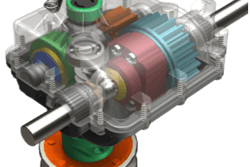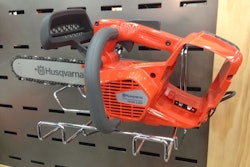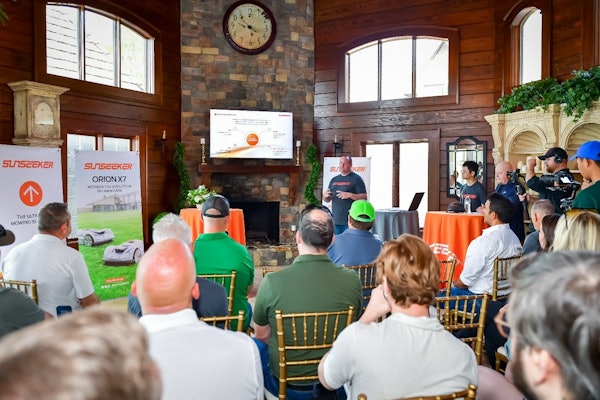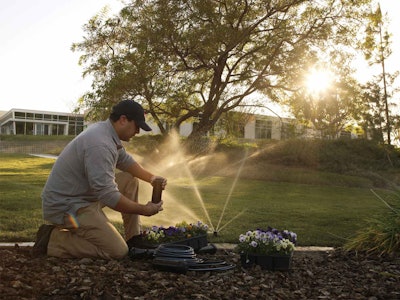
Generally speaking, today’s controllers fall into two categories: timer-based units and smart models. Timer units are similar to alarm clocks; simple to use, they allow you to determine what days of the week an irrigation system should run, when it should start watering and for how long.
Smart controllers are more complex. In essence, they collect on-site meteorological data — such as temperature and rainfall amounts — and logically adjust a pre-set program accordingly to maximize watering efficiency.
“When you move into smart controllers, you’re deciding to let the controller make watering decisions for you,” explains Adolfo Meza, product manager for contractor controllers, Rain Bird. “By accounting for various factors, you can get a healthy landscape with less water use.”
More advanced smart controllers provide increasingly sophisticated features. For example, some allow users to split the duration of a zone’s watering period into smaller units to prevent wasteful water runoff on a slope. Others employ a sensor that notifies the controller to shut down a particular zone that’s flowing more than it should, perhaps because of a broken valve.
Many timer models allow consumers to add wireless devices that morph them into smart controllers.
“But they’re only as smart as the installer,” warns Craig Borland, senior customer-resource specialist, Toro. “Proper placement and programming is critical.”
Smart controllers are a pretty easy up-sell, adds John Wascher, product manager for residential controllers, Hunter Industries. “If you have a controller that senses a malfunction and shuts down water flow, it saves you a considerable amount of money on water and electricity, if you rely on a pump,” Wascher says.
In short, landscapers can choose from a variety of options. Here’s a look at some of the more popular models from Hunter Industries, Rain Bird and Toro.
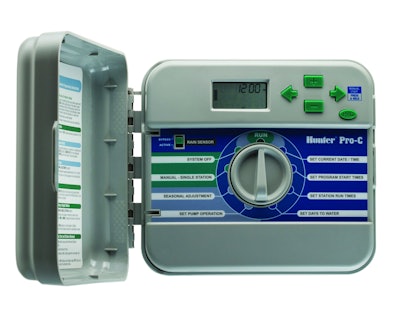
PRO-C
Basic unit accommodates three stations, but it’s expandable by three stations at a time for up to 15 total stations, making it most suitable for residential applications.
• Three independent programs; four start times per program
• Rain-sensor bypass, which overrides a weather-sensor signal when needed
• Programmable rain delay
• Non-water-days function allows suspension of irrigation on specific days, regardless of program interval schedules
• Seasonal-adjust feature that changes irrigation run-times according to weather conditions (only available with addition of Solar Sync ET smart-controller weather-sensor system)
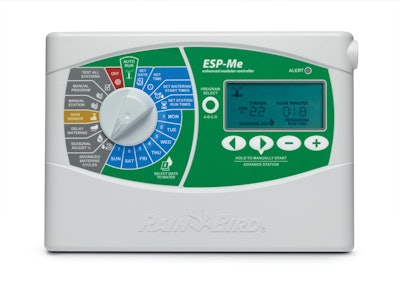
ESP-Me
This four-station, professional-grade unit expands in increments of three or six stations at a time, up to 22 stations in all, which makes it suitable for residential and light-commercial applications. The ESP stands for Extra Simple Programming, which helps minimize time spent on installation training.
• Delay watering; postpone watering for up to 14 days
• A seasonal-adjust feature that can be applied to all programs or individual programs to increase watering up to 200 percent or decrease it as little as 5 percent of scheduled program times
• Rain-sensor bypass ensures areas covered by things such as large trees or eaves still get watered
• Cycle and Soak function, which can break loner-watering periods into smaller increments, to allow water to soak down
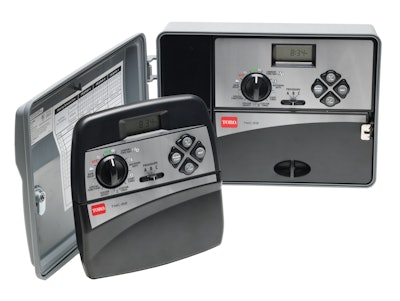
TMC 212 Series
This two-station unit is expandable in increments of two stations at a time, up to a total of 12, which makes it suitable for a variety of residential applications.
• Three independent programs
• Up to four start times per program
• Run times from 1 to 4 hours
• Rain-delay from one to seven days
• Converts to smart controller with addition of Irritrol Climate Logic wireless weather-sensor system
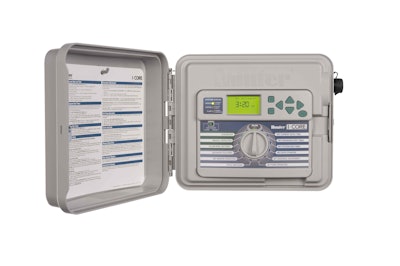
I-CORE
Suitable for high-end residential clients or light-commercial use, this model expands from six to up to 42 stations — even up to 48 stations with the addition of a Dual two-wire module. Options include a plastic or stainless steel cabinet.
• Four independent programs
• Eight start times per program; 12-hour maximum run time
• Real-time flow monitoring, which recognizes and reacts to high- or low-flow conditions
• Programmable rain delay
• Adjustable cycle-and-soak feature, which minimizes water runoff on slopes or in saturated soil
• Converts to a smart controller by adding on Solar Sync ET smart-controller weather-sensor system
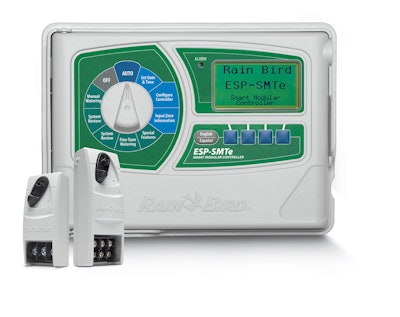
ESP-SMTe
This four-station unit expands by three modules at a time to accommodate up to 22 zones, making it suitable for residential or light-commercial use. Advanced smart technology can reduce water usage by an estimated 30 to 70 percent.
• Instant rainfall shutoff, which suspends irrigation when it rains, then measures the rainfall and adjusts watering schedules accordingly, preventing under- and over-watering
• Weather-based scheduling
• Zone-by-zone customizable irrigation schedules, based on factors such as sun exposure/shade, soil type, landscape slope, plant types/density and root-depth requirements
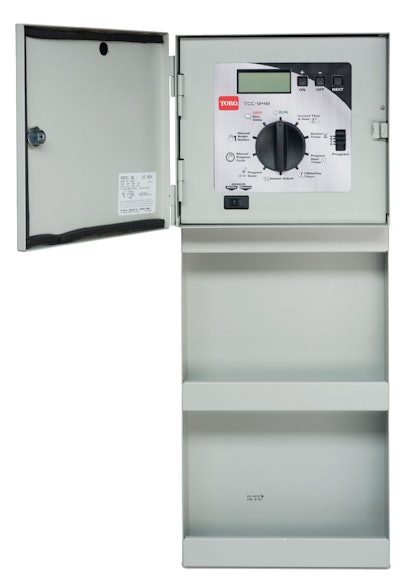
Custom Command Series
This unit can accommodate nine, 12, 15, 18, 24, 36 and 48 stations and is best suited for commercial applications.
• Four independent programs and three watering-schedule options
• 16 total start times, allotted to programs in any combination
• Run-times ranging from one minute to 10 hours in one-minute increments, which meets the needs of standard or drip applications
• Hand-held remote compatibility
• Rain-delay option
• Seasonal-adjust feature (up to 200 percent in 10-percent increments)
By Ken Wysocky

